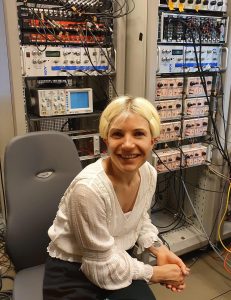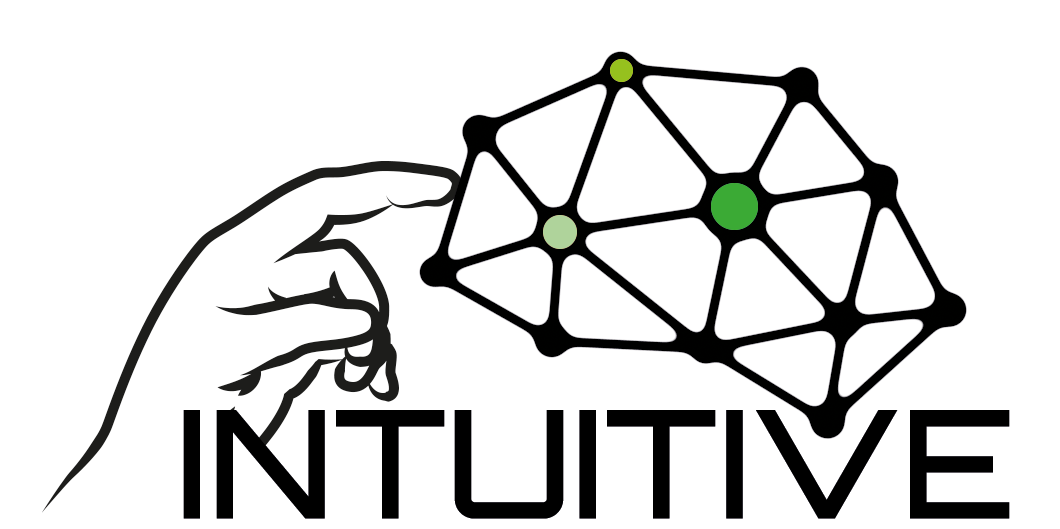Neocortical interpretation of haptic events across brain states
ESR2
Objectives
During active exploration, the brain can enter different states. To investigate the principles by which the internal brain states affect the neocortical brain representation of haptic events, the fellow will use fixed sets of artificial spatiotemporal tactile afferent activation patterns and subsequently the haptic display across spontaneously or experimentally induced changes in brain states to explore the related decoding. Furthermore, the principles of sensory augmentation, and its dependence on brain state, will be explored.
Expected Results
Interpretation of haptic input features in neocortical neurons.
Placement
Host institution: Lunds Universtitet
Enrolments (in Doctoral degree): Lunds Universitet
Supervisors
Henrik Jörntell, Peter König
Presentation of ESR 2
PhD defense: 10th of May 2024

My name is Sofie Skårup Kristiansen. I am 28 years old, born and raised in Copenhagen, Denmark. I have a bachelor degree in Psychology and a master degree in Neuropsychology. I am interested in multisensory integration and the representation of sensory systems in the brain.
Abstract of PhD goals
During active exploration, the brain can enter different states. The original goal was to investigate the principles by which the internal brain states affect the neocortical brain representation of haptic events. The goal was to use fixed sets of artificial spatiotemporal tactile afferent activation patterns or mechanical haptic stimulation across spontaneously or experimentally induced changes in brain states to explore the related decoding. Furthermore, the principles of sensory augmentation, and its dependence on brain state, should be explored. The analysis should be made of in vivo whole cell patch clamp recordings in anesthetized animals and modelling of population level representations in the brain in vivo. More specifically, the goals were: 1) Manipulation of internal cortical states to explore impact on neocortical neuronal representations of fixed tactile inputs. 2) Mechanically induced cortical responses and the impact of manipulation of internal cortical states. 3) Modelling of impact on internal cortical states on systems level cortical representations of haptic inputs.
The expected results were that brain circuitry mechanisms affect the brain’s interpretation of haptic input features in neocortical neurons, and that the understanding will be at a level that can be used to generate bases for the design of new solutions for haptic interfaces.
Results
Deliverable 2.2 Principles of brain state influence on neural representation of haptic input features
Controlled manipulation of brain states via basal ganglia or corticocortical manipulation. Investigation of neural representation of haptic events across brain states
Journal Article – Upcoming
Skårup Kristensen, S.; Jörntell, H.
Visual input dynamically changes responses to spatiotemporal tactile input patterns in S1 neurons
DOI: https://doi.org/10.1101/2022.11.30.518507
Journal Article – Upcoming
Kristensen, S.; Kesgin, K.; Jörntell, H.
High-dimensional cortical signals reveal rich bimodal and working memory-like representations among S1 neuron populations
DOI: https://doi.org/10.1101/2024.01.26.577171
Journal Article – Upcoming
S. Kristensen, S.; Jörntell, H.
Local field potential sharp waves with diversified impact on cortical neuronal encoding of haptic input
DOI: https://doi.org/10.1101/2023.11.10.566542
Journal Article
Skårup Kristensen, S.; Jörntell, H.
Differential encoding of temporally evolving color patterns across nearby V1 neurons
Front. Cell. Neurosci., 2023
DOI: https://doi.org/10.3389/fncel.2023.1249522
